A source of “nutrition” for the imagination
Stories about the creation of the universe, gods and ancient legends not only reflect the thinking and beliefs of ancient people but are also valuable cultural treasures. In the modern context, when children are increasingly exposed to technology and digital information, preserving and promoting the value of myths becomes more important than ever. Myths help children understand their cultural origins, traditions and profound moral lessons, while stimulating their imagination and creativity, helping them develop comprehensively mentally.
The famous Swiss psychoanalyst Carl Jung once said: “We may not teach children any ancient myths, but we cannot deprive them of the need to enjoy myths.” Explaining this saying, myths are not only a treasure trove of knowledge, they are an intrinsic need for children to understand themselves and the world through symbols. In childhood, children's thinking operates mainly through images and emotions. Stories such as dragons calling for rain, giants holding up the sky or gods molding the earth and sky contribute to opening up children's imagination, helping the brain form the ability to connect and reason. When hearing about Pan Gu separating heaven and earth with a giant axe or Izanagi stirring the sea to create the Japanese archipelago, children can begin to imagine the movement of the universe - an important foundation for scientific thinking later.
The treasure trove of legends and fairy tales simultaneously broadens historical and cultural understanding. For example, through the story “Banh chung, banh giay”, children learn about the origin of the Tet feast; through “Thanh Giong”, they feel the spirit of defending the country during the Hung King period. Each story also cleverly weaves together human values, such as good always triumphing over evil, filial piety and compassion, the inevitable consequences of greed, and the message that through intelligence and courage, people can create new things... These lessons come to life, helping children cultivate qualities through empathy instead of rigid instructions.
Myths are also fertile ground for creativity, as Albert Einstein once said, “fairy tales are the most useful gift for the imagination.” In the digital age, when the younger generation grows up with short videos, online games and artificial intelligence, ancient myths become a necessary counterbalance. Each story contains a “cultural code,” reminding that regardless of language or continent, humanity shares the same desire to explain the question “Where did we come from?”, thereby helping children learn to appreciate cultural diversity. Or through thoughts such as “Why did the spider goddess weave the world ?”, “Why did the universe start with… eggs?”, readers can practice concentration and deep reading skills. Thanks to that, myths not only satisfy curiosity but also nurture imagination, cultivate morality and connect children with the common cultural heritage of humanity.
Generations grew up with fairy tales and myths
For decades, fairy tales and myths have accompanied many generations of Vietnamese children, from their first books to textbooks, and then onto the tablet screens of Gen Alpha (2010 - 2024). Even in adulthood, many people still have the need to find "magical materials" to nurture their imagination and enrich their lives.
Today, the Vietnamese book market has seen many mythological works published, demonstrating the persistent interest of readers in this genre. Regarding Vietnamese mythology, anthologies of legends and folk epics such as “Lac Long Quan and Au Co”, “Son Tinh, Thuy Tinh”, “Thanh Giong”, or “Legend of Hoan Kiem Lake” are always familiar books, reprinted many times, contributing to preserving and spreading the origin of national culture. For young readers, units such as Kim Dong Publishing House, Tre Publishing House and many others often add new illustrations, print large sizes or make picture books to suit children's reading and viewing tastes.
Previously, in the 1950s, Professor Nguyen Dong Chi published a monograph called “A Brief Study of Vietnamese Mythology”. This work not only collected folk versions but also compared motifs of mountain creation, nation-building, and human gods to systematize the fragmented sources of information. Many scholars have commented that, although many separate articles later appeared with additional notes, there has not been a more comprehensive monograph, demonstrating the fundamental value of this monumental work. From personal bookshelves, university libraries to the archives of creative groups, Professor Chi’s works are still consulted when a “standard” slice of the country’s mythological treasure is needed.
 |
In the context of technology, preserving and promoting the value of printed books for young readers has become more important than ever. |
Along with domestic heritage, world mythology has been present in Vietnam quite early. Readers of the 8X and 9X generations are familiar with versions of “Greek Mythology”, “Iliad - Odyssey”... In the late 2010s, the wave of Norse mythology received more attention thanks to Marvel movies; translations of “Edda”, “Norse Myths” quickly occupied the display shelves. The book market also witnessed a series of publications on Egyptian, Indian (Ramayana, Mahabharata), Chinese (Fengshen Yanyi, Journey to the West) mythology... This diversity shows a panoramic picture of how people around the world have tried to explain the origin of the universe and life.
Most recently, in early June 2025, Tri Thuc Tre Books collaborated with Dan Tri Publishing House to launch the book "A Thousand and One Ways the World Was Created" by young author Morpheus, who has also been passionate about mythology since childhood. With a humorous writing style and youthful illustrations, the book encapsulates 20 creation myths from all over the world: from the God of Heaven of Vietnam, the spider goddess Aerop-Enap in Nauruan culture, the god Bumba vomiting the universe, to ancient stories of Greece, Japan, Aztec, Maya, Northern Europe, China, Egypt... and many other nations. Each story is recreated in a modern, emotional way, opening up a world where heaven and earth are still in harmony, the universe is born from stones, eggs or even... nausea. Through that, the author also tries to convey the connection of human cultures through a common theme, evoking reflection on the origin of the universe and humanity, as well as the relationship between humans and nature.
Connecting cultures has always been a common aspiration of many scholars and culture lovers, among whom culturalist Nguyen Huu Ngoc (1918 - 2025) is one of the most prominent names. Since his youth, culturalist Nguyen Huu Ngoc has participated in translating many famous foreign literary works into Vietnamese, including "Grimm's Fairy Tales", and has written works introducing foreign cultures to Vietnamese readers. He has devoted his life to researching, preserving and spreading Vietnamese cultural values, as well as contributing to bridging Vietnamese culture with the world, leaving a legacy for future generations.
In short, generations growing up with fairy tales and myths in Vietnam have been accessing an increasingly rich source of books, from traditional printed versions to modern translations, from monographs to narrative publications. Efforts are being made to ensure that the treasure trove of myths will continue to accompany children - arousing curiosity, nurturing humanistic values, and at the same time equipping them with the cultural baggage to confidently enter the flat world, a period of deep world cultural integration. The overall picture also shows that, despite the strong development of technology, the need to "explain the world through storytelling" still exists and myths and fairy tales are still irreplaceable childhood friends of many generations of Vietnam.
Source: https://baophapluat.vn/ket-noi-van-hoa-the-gioi-qua-than-thoai-post551710.html








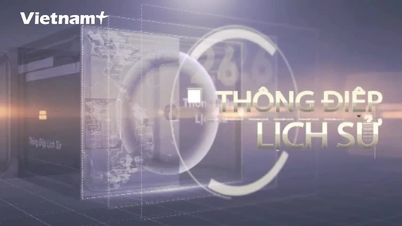





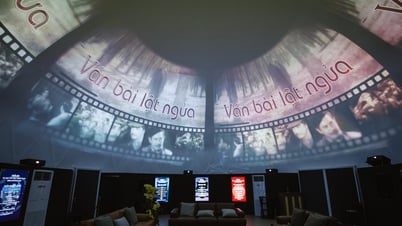

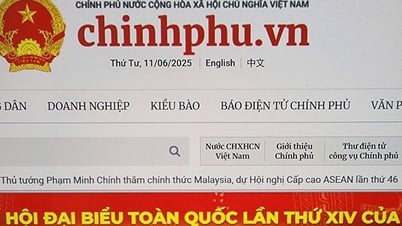






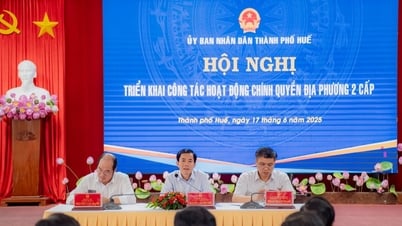


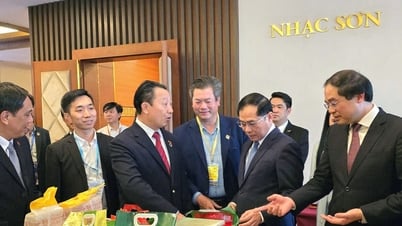
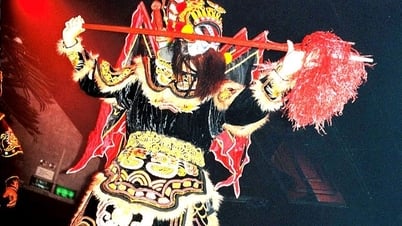
















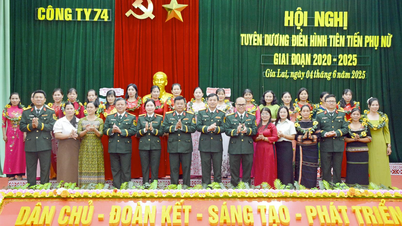














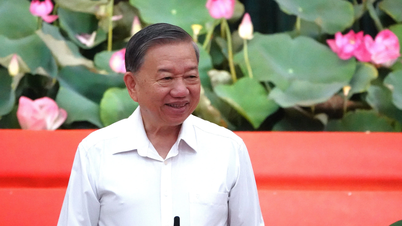

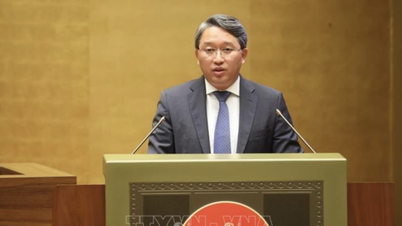




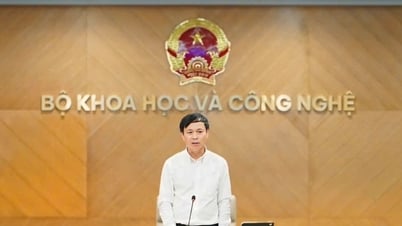











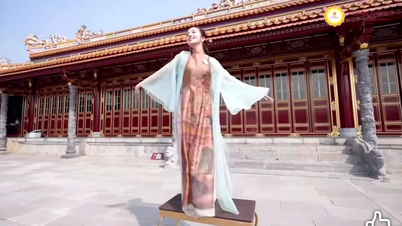

















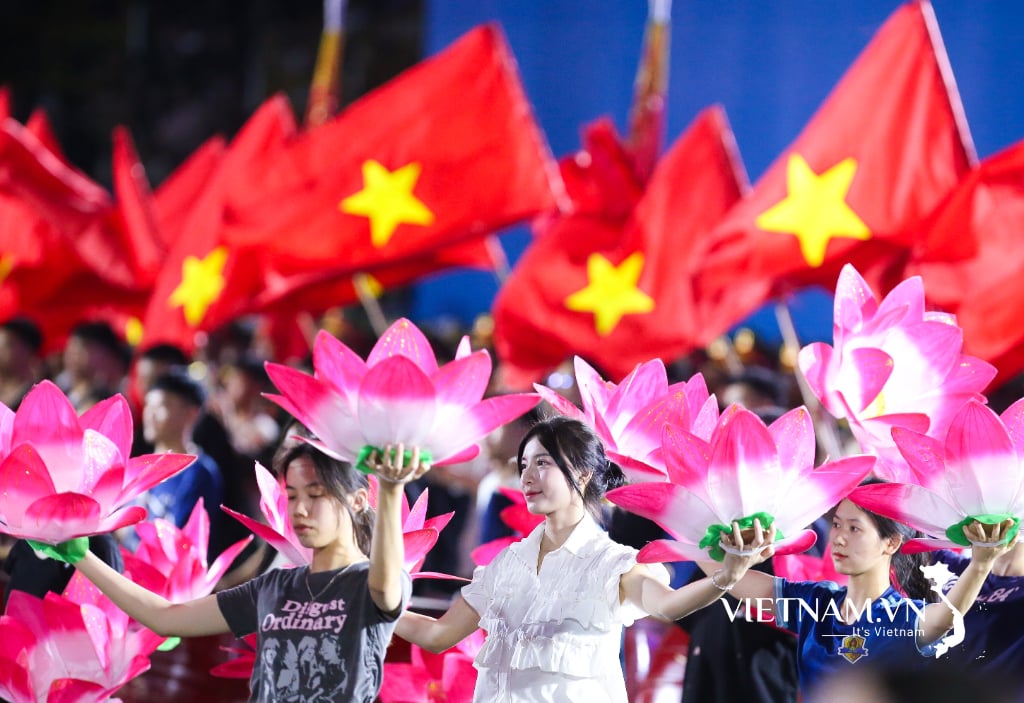
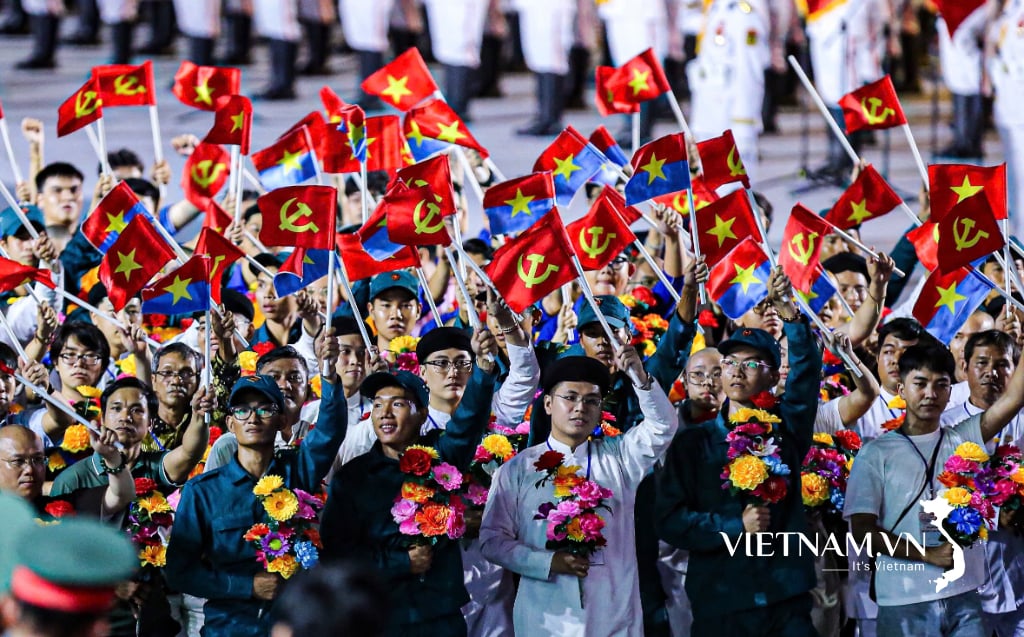
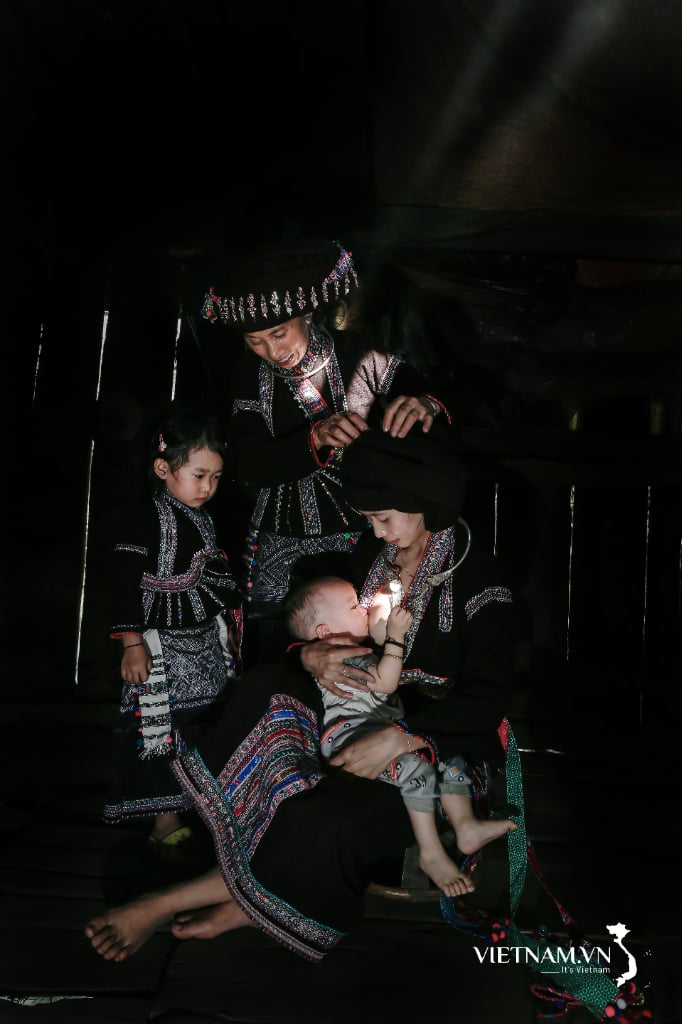

Comment (0)